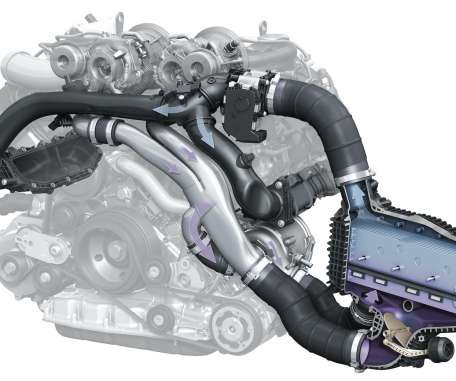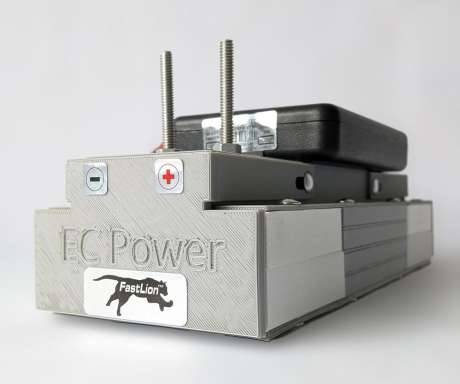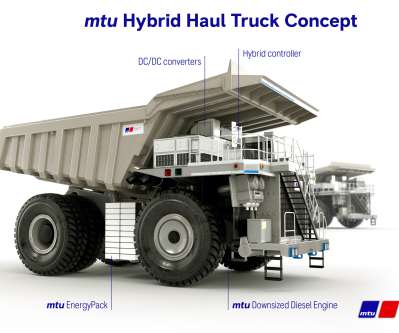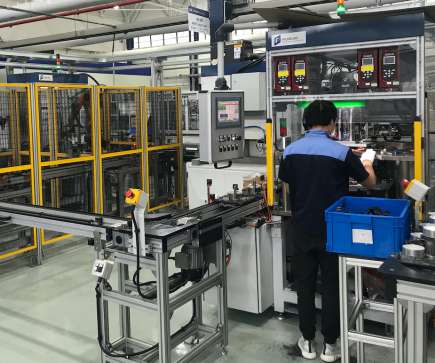EIA: trends in downsized engine design leading to increased demand for higher-octane gasoline
Green Car Congress
APRIL 6, 2016
in August and September 2015—the highest share in more than a decade, according to data from the US Energy Information Administration (EIA). Energy Information Administration, Prime Supplier Sales Report. One significant trend is engine downsizing coupled with turbocharging. Source: U.S. Click to enlarge.






































Let's personalize your content